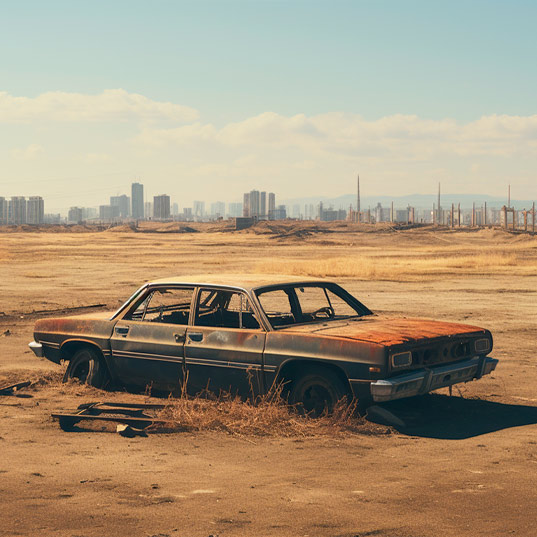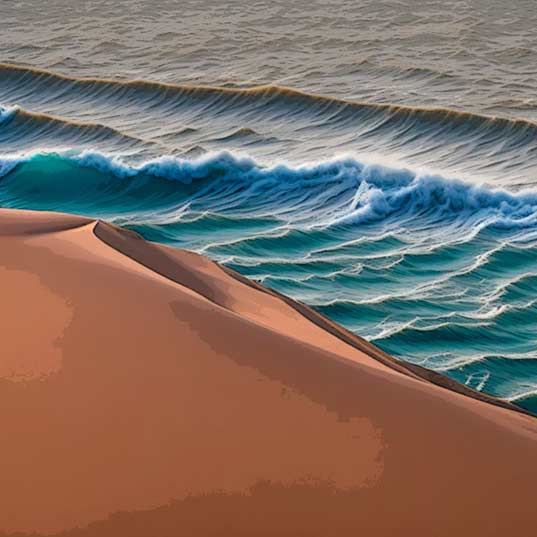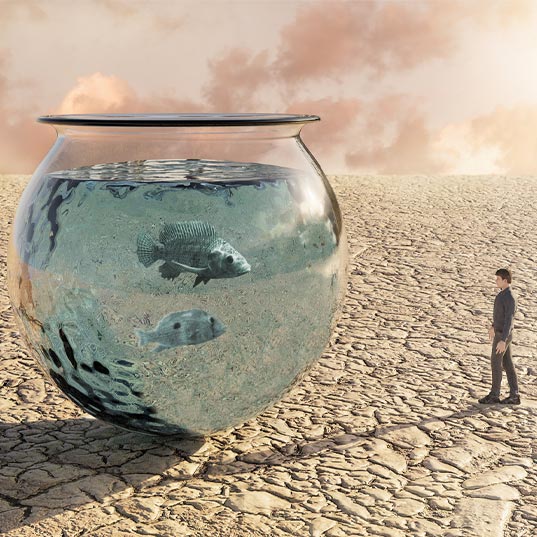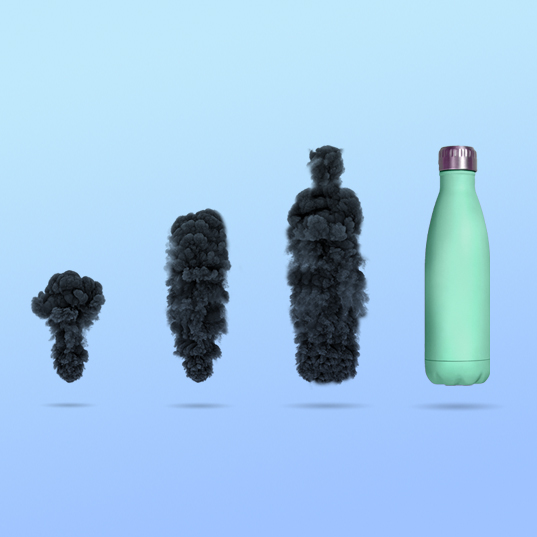Calculate your water footprint
Find out what amount of fresh water the goods and services you consume daily take to produce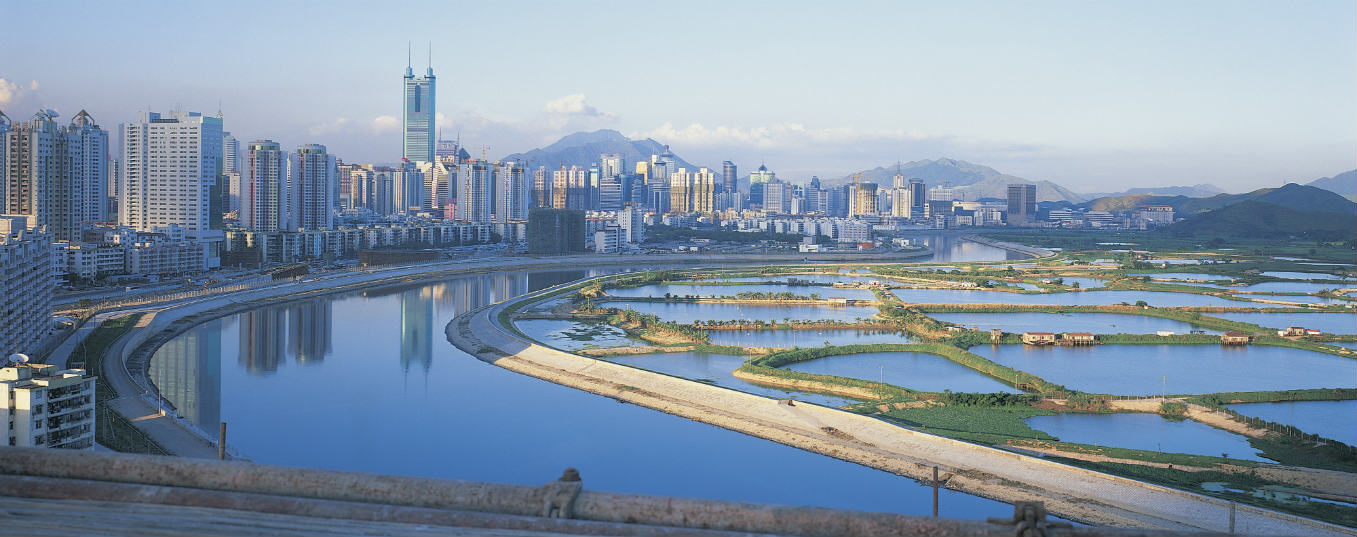
The overconsumption of fresh water is one of the greatest threats the planet faces. The non-responsible use of water to produce consumer goods and services jeopardizes the availability of water resources, which is why the United Nations includes in the 2030 Agenda’s Sustainable Development Goals the target of “Ensuring access to water and sanitation for all.”
In order to manage more efficiently the control over human freshwater expenditure, Dutch professor Arjen Hoekstra coined in 2002 the concept of water footprint: it is the total fresh water used by a person, community, company or country to produce the goods and services consumed.
Daily water footprint
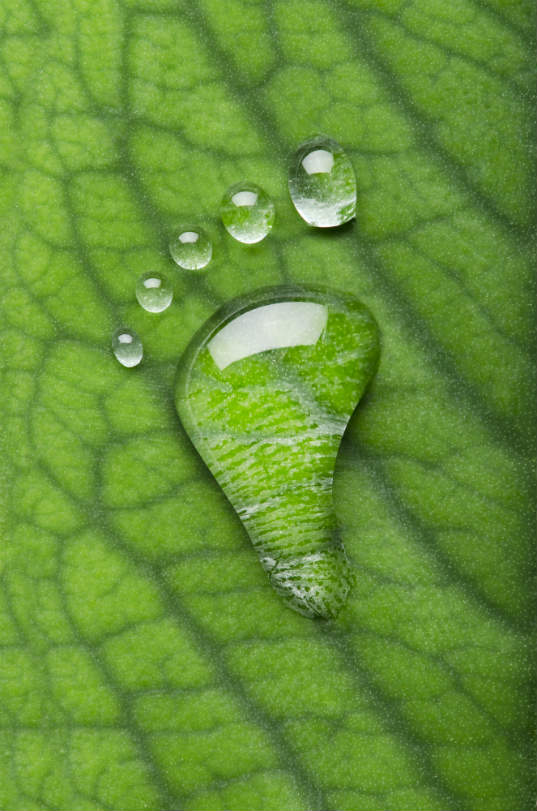
Just as most of our day-to-day actions leave a carbon footprint on the planet, it also happens with our daily tasks that involve water consumption: personal hygiene, washing clothes, buying goods and services, cooking, drinking…
For its part, the economic activities of companies and individuals or the management of public bodies also mean an important consumption of fresh water: agriculture, livestock, maintenance of public and private infrastructures, manufacture of products and food...
Find out the water footprint of some products
Ignoring the water footprint of many products, derived from its manufacturing process, causes citizens to consume an excessive volume of water. These are just some examples of products and water consumed to manufacture them:
- One kilo of beef = 16,000 liters of water
- One cup of coffee = 140 liters of water
- One liter of wine = 870 liters of water
- One kilo of potatoes = 287 liters of water
- One kilo of tobacco = 2,925 liters of water
If you want to know your water footprint you can complete this online questionnaire. In this way, you can reduce your water consumption and help the environment.
Sources: Huella hídrica and United Explanations.


